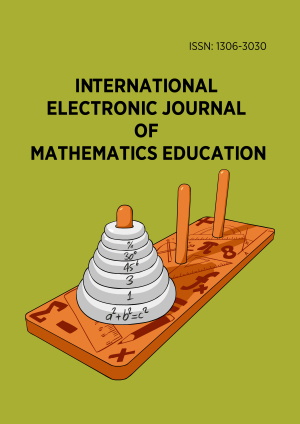Abstract
In this paper, we analyse the results of an experience designed and implemented to evaluate the epistemic and cognitive conflicts identified in the study of proportionality, carried out by a group of 21 students in their last year of primary education. Initially the students exhibit difficulties to recognize situations where proportionality can be applied, to distinguish magnitudes, quantities and proportionality tables, and to identify procedures to solve proportionality problems other than the rule of three. Nevertheless, in the group discussion session, oriented to develop the dialogue and collective justification of the assessment tasks solutions, they are able to justify the methods employed, linking the rule of three with the equivalence of fractions and the proportionality relation.
License
This is an open access article distributed under the Creative Commons Attribution License which permits unrestricted use, distribution, and reproduction in any medium, provided the original work is properly cited.
Article Type: Research Article
INT ELECT J MATH ED, Volume 15, Issue 3, October 2020, Article No: em0588
https://doi.org/10.29333/iejme/7943
Publication date: 12 Apr 2020
Article Views: 4481
Article Downloads: 2194
Open Access References How to cite this article
 Full Text (PDF)
Full Text (PDF)